Xiaomi Mi Note 2 vs. Samsung Galaxy S7 edge: Bargain bin
Bargain bin

Camera
The two phones take very different approaches when it comes to camera hardware. The Mi Note 2 goes for high megapixel count - it's using a 22.5MP Sony IMX318 sensor. Fitting so many pixels on a Type 1/2.6" imager means very tiny pixels - 1.0 micron, and that's selfie camera territory. Lens aperture is a rather pedestrian f/2.0. There is no optical stabilization, but there's EIS with a dedicated gyro mounted immediately next to the camera module.

The Galaxy S7 edge relies on a 12MP Type 1/2.5" sensor - either Samsung's own S5K2L1 (catchy name, innit?), or a Sony IMX260 made to Samsung's spec. Either way, we're talking 1.4-micron pixels, though it's unclear just how much of a pixel's area is used for capturing light, and how much for phase detection, as each and every pixel is also a phase detection agent. Popularly known as Dual Pixel, this concept was previously exclusive to DSLRs and ensures accurate and blazing fast focusing.
There's nothing pedestrian about the S7's lens either - with an f/1.7 aperture it was the fastest lens available when it launched, and only a handful of phones have matched it since. The S7 edge also has optical stabilization, with EIS available too in some video modes.

The Mi Note 2's camera app is pretty simple with just HDR and flash mode selectors in immediate reach. The Modes pane opens up more possibilities including a Panorama mode and Manual mode that lets you pick a white balance preset, ISO, shutter speed (all the way up to 32s) and focus.
The camera interface on the Galaxy S7 edge offers more settings in Auto mode - there are also resolution and self-timer buttons. In Pro mode you can select the metering mode and autofocus points and also add exposure compensation. Opting for manual focus magnifies the center portion of the frame so you can better judge what's in focus and what isn't.



Galaxy S7 edge camera interface
Image quality
Disclaimer: Real-life street samples shot on the Galaxy S7, which has an identical camera to the S7 edge.
In day time, when there's plenty of light, the Mi Note 2 captures quite the excellent images. There's a lot of detail packed in its photos, noise if present is not an issue, and colors are reproduced with a pleasing balance between punch and accuracy. Even dynamic range is better than what the tiny pixels would have you believe. In such settings the Galaxy S7 with its 12MP can't match the 22.5MP Mi Note 2's level of detail.




Camera samples: Mi Note 2 • Galaxy S7 • Mi Note 2 • Galaxy S7




Camera samples: Mi Note 2 • Galaxy S7 • Mi Note 2 • Galaxy S7
In less than ideal lighting the S7 edge pulls ahead though. Its shots in the dark are substantially cleaner, with more detail despite the resolution disadvantage. Colors are preserved better as well.


Low-light samples: Mi Note 2 • Galaxy S7
Don't just take our word for it - head over to our Photo compare tool to see how the Mi Note 2 and Galaxy S7 edge handle our lab test posters.
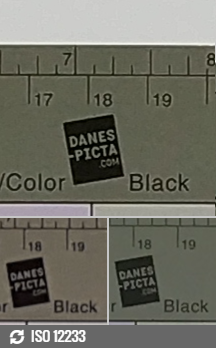
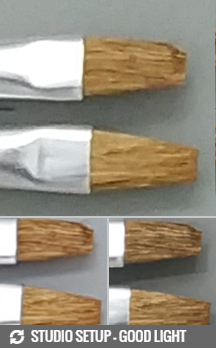
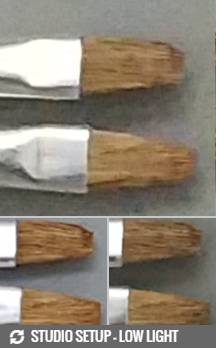
Xiaomi Mi Note 2 vs. Samsung Galaxy S7 edge vs. Apple iPhone 7 Plus
Selfie camera
The Mi Note 2 features an 8MP selfie camera with autofocus and an f/2.0 aperture. That's 2:1 for team Xiaomi, as the S7 edge's front-facing camera has a lower-res 5MP sensor and fixed focus, but a wider f/1.7 aperture.
In our experience the Mi Note 2's front cam has some issues with autofocusing where you want it to, but when it does focus on your face it produces very detailed photos. Skin tones are pleasing, dynamic range and contrast are pretty good too.
The S7 edge's selfie shooter, on the other hand, is what you'd call meh!. It'll do the job for Instagram, but that's about it.


Selfie samples: Mi Note 2 • Galaxy S7
Video camera
4K video is the norm in the flagship segment and, of course, both phones will happily record in 2160p resolution. The S7 edge's bitrate is a bit higher - 48Mbps vs. Mi Note 2's 42Mbps.
The S7 edge's videos are noticeably crispier - the Mi Note 2's output isn't as sharp. The S7 edge has much wider coverage too, and still manages to resolve about as much as the Xiaomi. Detail aside, the Mi Note 2 does a good job with colors and exposure, no complaints there.
The Mi Note 2's 1080p output is nowhere near the S7 edge's, that we did complain about already in its own detailed review.
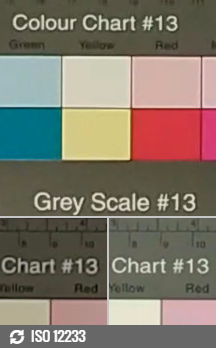


Xiaomi Mi Note 2 vs. Samsung Galaxy S7 edge vs. Apple iPhone 7 Plus (2160p)
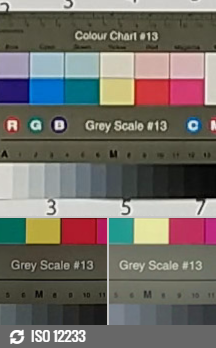


Xiaomi Mi Note 2 vs. Samsung Galaxy S7 edge vs. Apple iPhone 7 Plus (1080p)
You know the drill - our Video compare follows. We've pre-selected the Mi Note 2 and the Galaxy S7 edge, and also added the iPhone 7 Plus, but you can shape your own battle.
Cheaper, but just as good: No, not really. You can rely on the Galaxy S7 edge to produce good output regardless of circumstance. The Mi Note 2 only does a good job in good light. And selfies, yes, the S7 edge loses in selfies.
Conclusion
There are a lot of IFs when calling this one, perhaps more so than the previous two pairs. Starting with the obvious consideration - if you're in China, the Mi Note 2 makes all the sense in the world. It's considerably cheaper than the Galaxy S7 edge, and you'd be getting after-sales support from Xiaomi itself - two points that are likely to offset some of its flaws.

The bang-for-buck-o-meter isn't as flattering on the Mi Note 2 outside of its home country, accounting for import duties, taxes and retailer margins. And shelling out upwards of $500 for a phone for which you may or may not be able to claim a warranty is not ideal. Then again, it's a Xiaomi flagship, not a budget phone from a shady no-name maker, so there's no reason to be overly wary.
Judging on merit alone, the Mi Note 2 lives up to Galaxy S7 edge standards in some areas, but it's not quite up there in others. We're fond of the Mi Note 2's minimalist no-frills design, and build quality is top-notch. But the S7 edge is waterproof, Gorilla Glass-covered, and has a microSD slot - it's not just about the looks.
What's really disappointing about the Mi Note 2, and it's this one thing only, is its display. The S7 edge's Super AMOLED is simply in a different league. Curves sure are nice, but we like some substance under the surface, and the S7 edge delivers, while the Mi Note 2 just doesn't.
Battery life is excellent on the two, with the Mi Note 2 matching the Snapdragon version of the S7 edge, though the Exynos one is still superior. Samsung has the more functional Android overlay, with a ton of edge features (which you're likely to never use, but still), while the MIUI offers dual apps and Second space for convenience and privacy.
The Xiaomi phablet aces the performance department thanks to a higher-clocked processor and lower-res display that goes easy on the GPU. Trading 3.5mm audio punches, the Mi Note 2 tends to be louder, while the S7 edge is cleaner, but both are equally Good through their single speakers - that's two notches below Excellent in our book.
If you're dead certain you're going to be taking photos and videos in bright daylight only, then the Mi Note 2 will give you substantially more detail than the S7 edge - it's 22.5MP vs. 12MP after all, and under ideal conditions the size of the pixels is not an issue. It's the Galaxy S7 edge that is the universally good shooting tool, though - good light, low light, indoors, outdoors, stills, video - you can depend on it. Well, it is a bit of a letdown for selfies, we admit - the Mi Note 2's 8MP front cam with autofocus is better (when it does, indeed, autofocus properly).
In a single sentence - folks in China will have a tough dilemma with these two, for the rest of us it's a lot simpler.
Reader comments
- Irtiza A.
- 16 Dec 2021
- bJ9
nope galaxy note edge was the first in 2014
- Anonymous
- 18 Jan 2017
- gNT
Get your facts correctly. Xiaomi was the brand that started the curve display first with its mi note. Mi note 2 is built on that platform.
- AnonD-608498
- 17 Jan 2017
- PxI
True a typo, but as you know I meant the 7 and the point remains the same.


